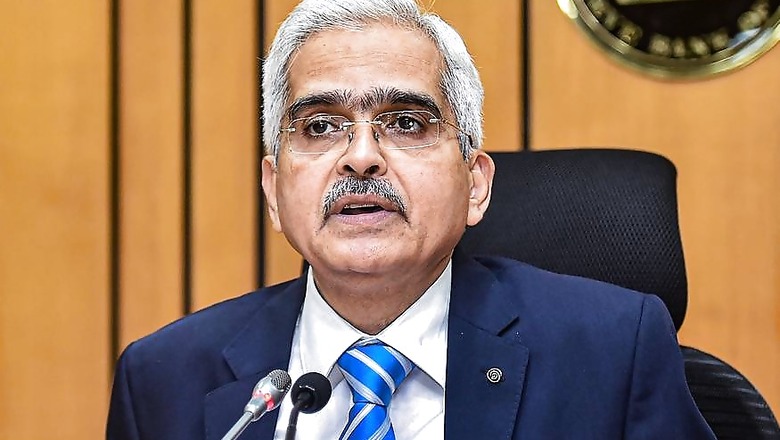
views
New Delhi: In order to ensure banks are not hesitant and consumers get full benefits, the Reserve Bank of India on Friday announced to provide an asset classification standstill for standard accounts that avail a moratorium between March 1 and May 31.
Essentially, this means that the bad loan classification period changes to 180 days for all such accounts from 90 days.
Banks classify accounts as standard, substandard and doubtful, based on the number of days their payments are delayed. Borrowers turn non-performing only after 90 days of overdue and are classified as standard prior to that, notwithstanding any delay in repayments.
Addressing the media through videoconferencing on Friday, RBI Governor Shaktikanta Das said, the central bank recognises that the onset of Covid-19 has exacerbated the challenges for borrowers even to honour repayment commitments due on or before February 29, 2020.
“There will be an asset classification standstill for all such accounts from 1 March to 31 May 2020," Das said, adding that these guidelines also apply to non-banking financial companies after their boards approved policies in this regard.
However, to ensure that the banking system has sufficient buffers against future asset classification woes, the central bank has mandated additional provisions for all these moratorium accounts.
“With the objectives that banks maintain sufficient buffers and remain adequately provisioned to meet future challenges they will have to maintain a higher provision of 10% on all such accounts under the standstill spread over two quarters, March 2020 and June 2020. These provisions can be adjusted later on against the provisioning requirements for actual slippage in such accounts," said Das.
RBI on March 27 had said financial institutions are “permitted" to grant a moratorium to borrowers for three months from 1 March.
Under the stressed assets resolution framework of the RBI, called the June 7 circular, banks are required to set aside an additional 20 per cent provision if they are unable to resolve accounts within 180 days.
RBI also relaxed this requirement, and said that in case of large accounts under default, the additional provisioning of 20 per cent will not be applicable.
RBI brought down the LCR (Liquidity Coverage Ratio) requirement for all scheduled commercial banks to 80 per cent from 100 per cent currently. This will be restored to 100 per cent in a phased manner, with 90 per cent LCR to be achieved by October 1, 2020 and 100 per cent by April 1, 2021.
Besides, the apex bank announced that all commercial banks will not make any dividend payout for the financial year ended March 2020, until further notice.
















Comments
0 comment